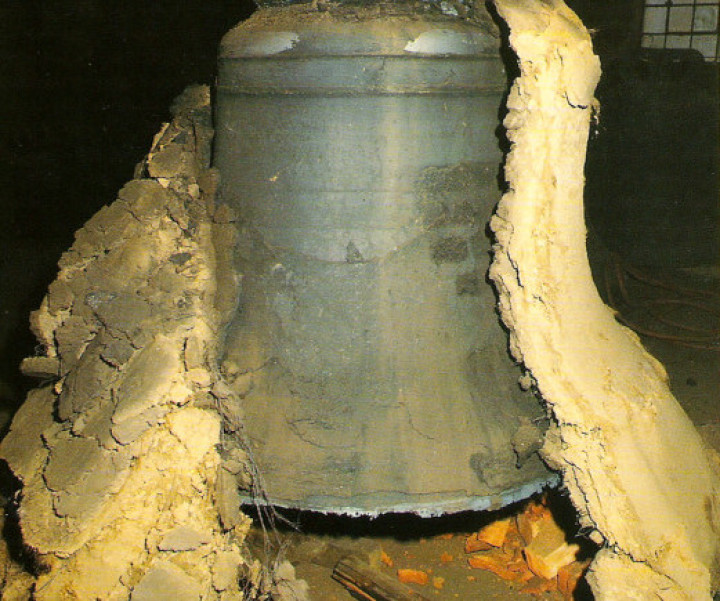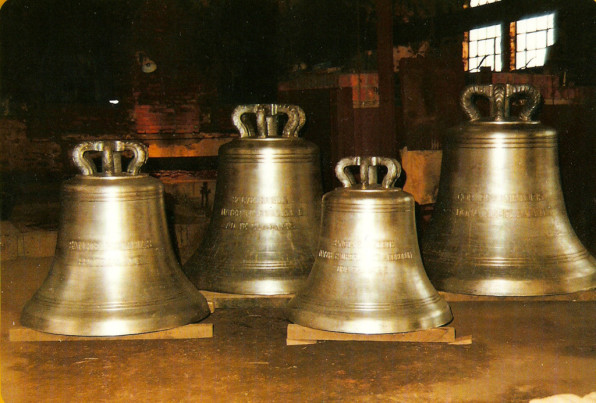Peace shall be its foremost peal
“What within the dam's deep pit was built by hand with fire's help, in the towers bell floor high loudly will proclaim of us.” (Schiller)
A visit to the ancient Mabilon Bell Foundry
From 1770 on, one of the oldest arts and crafts of Christian culture was practiced in Saarburg: bellcasting.
Although the last bell was cast in 2003, the workshop looks as if the master and his helpers are just taking a short break. And that’s the way it’s going to stay. Germany’s only bell foundry museum is situated on the edge of Saarburg’s thousand year old historical centre. The oldest existing Mabilon bell, was cast in 1639 and is now in Calle near Meschede (Germany). Because of the foundry's perfect state of preservation it is a unique historical witness to its era.
When the church and chapel bells ring in the towns and in the countryside few are aware of how much skill and craftsmanship, care and effort, are involved in casting a bell. Only a very few people still master this craft today. With their centuries-old tradition the bell foundry families have jealously guarded their secrets, handing them down from generation to generation. The art of the bell-maker, practised by only a few today, is rightly appreciated as one of the most exceptional and most time honoured profession and one which the famous German poet Friedrich Schiller paid homage with his world famous poem “The Song of the Bell”.










